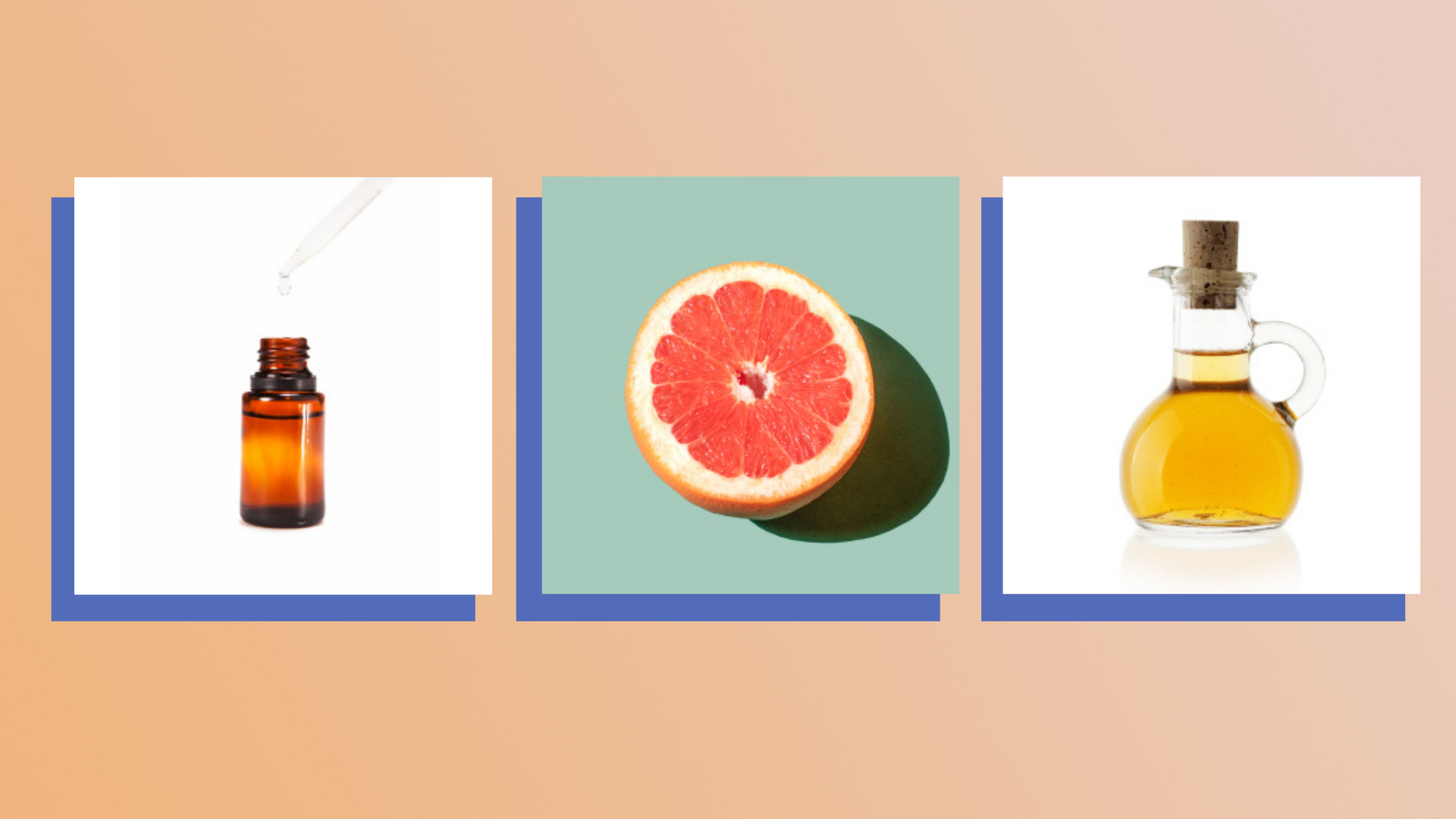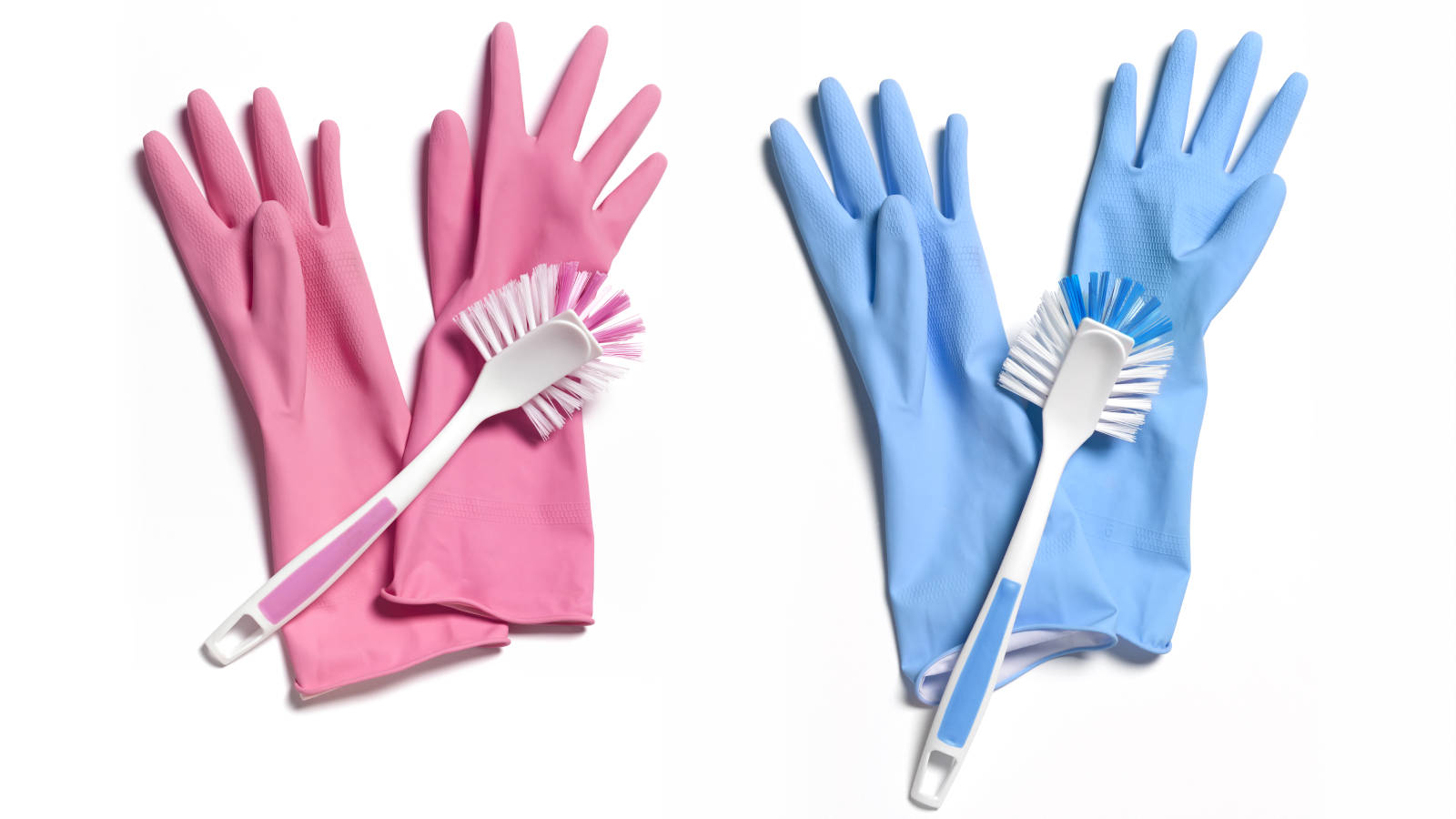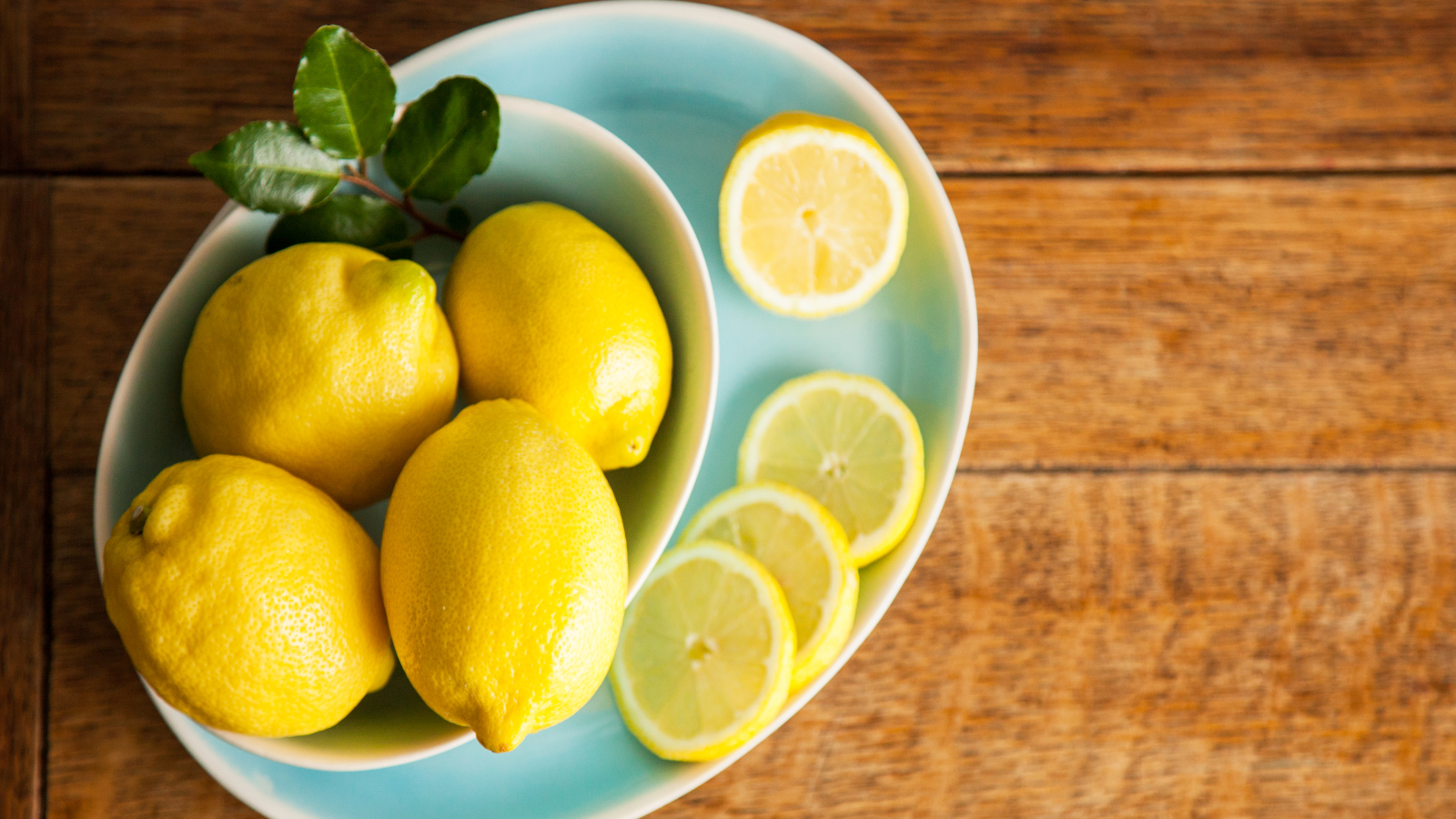Mold removal guide—how to clean mold safely and effectively using six natural methods
Mold can be unsightly at best and dangerous at worst—this mold removal guide will help you get rid of mold, for good

It's vital to know how to get rid of mold as it can be hazardous to you and your family's health. Not only does it look unsightly and come with an unpleasant smell, but it can also cause respiratory illnesses and allergies to worsen.
Even if you clean regularly, you can still get mold—and it can quickly become out of control if not treated properly. "Mold should always be removed, if not only for health reasons but also for aesthetic reasons, as if left unchecked it can do real, lasting damage to your home," Sara Ashdown, Cleaning Product Expert at Brandrated.
There are plenty of chemicals on the market that will do the trick, but they can be harsh and sometimes toxic. This guide will look at how to get rid of mold using six different natural methods, so mold doesn't find its way back into your home. If mold is a problem for you, you may also want to take a look at our guides to getting rid of mold when cleaning your washing machine, and how to deal with the dreaded black mold safely.
Preparing to clean mold
Extra care needs to be taken when it comes to mold removal. Mold can be hazardous to your health when spores are breathed in, according to advice from the Centres for Disease Control and Prevention.
Cleaning expert Heather Barrigan explains, “Mold can be toxic and cause several health problems, including eye inflammation and damage to the eyeballs. It has also been proven to kill neurons in the brain, resulting in neurological issues that can lead to seizures and tremors." It's critical to wear the right clothing, have the right tools and prepare the area fully before tackling mold.
What to wear for mold removal

- Wear a respirator mask to protect against spores, as well rubber gloves and protective goggles.
- Make sure your skin is fully covered from head to toe—disposable overalls can be a good option here and will ensure the mold doesn't transfer onto your clothing. If you're wearing your own clothes, make sure you put them straight in a hot wash once you're finished.
How to prepare areas for mold removal
- Turn off your air-con or central air system. You don't want air moving while doing this job.
- Close doors to stop mold spores from traveling while you are cleaning.
- Use a fan near open windows and external doors to move airborne spores outside.
- Check the area for moisture. If there is none, dampen the mold with water to prevent spores from becoming airborne.
How to clean mold using six different methods
These DIY solutions use natural ingredients rather than chemical formulas, but it's important to stress that you should always wear a mask to limit your exposure to mold spores, even if your cleaning solution is non-toxic.
Mold can be removed from hard surfaces such as bathroom fittings and tiles, but if any porous items, such as wooden bath trays or fabric bath mats, have become moldy, they will need to be discarded and replaced.
Sign up to our free daily email for the latest royal and entertainment news, interesting opinion, expert advice on styling and beauty trends, and no-nonsense guides to the health and wellness questions you want answered.
1. Mold removal with vinegar
Vinegar has been used for centuries to get rid of unwanted spores and is an effective cleaning solution—check out how to clean windows and how to clean a showerhead using vinegar, too.
Directions:
- Pour undiluted white vinegar into a spray bottle with a few drops of lemon juice.
- Spray on the infected surface and leave it for about an hour.
- Wipe the area clean and rub it dry.
- Although many find the smell of vinegar a little intense, it should dissipate in a few hours.
2. Mold removal with hydrogen peroxide
Hydrogen peroxide is a natural anti-fungal and is perfect for fighting mold thanks to its antiseptic properties.
Directions:
- Pour a 3% concentration of hydrogen peroxide into a spray bottle.
- Saturate the moldy surface with the solution, leave to soak for ten minutes, then scrub vigorously with enough force to remove the mold.
- When you are done, make sure the area is dry and repeat the treatment as needed.
3. Mold removal with baking soda

Baking soda serves a dual purpose. Not only does it kill mold, but it also absorbs moisture, lessening the chance that mold will return. Along with vinegar, baking soda will also help you with how to clean an oven quickly and easily, among other household cleaning tasks.
Directions:
- To fight mold using baking soda, add a quarter of a tablespoon of baking soda to a spray bottle filled with water, shake the bottle until the baking soda is dissolved, spray and scrub until the mold is removed.
- Rinse away any baking soda residue and respray the area to stop mold from returning.
4. Mold removal with tea tree oil
Tea tree oil is a natural fungicide, and because traces of it remain on surfaces longer, it does a great job of ensuring the mold doesn't return.
- To use tea tree oil to tackle mold, use a ratio of one teaspoon of tea tree oil to one cup of water.
- Pour it into a spray bottle and shake vigorously, then spray it on the affected area.
- Let the mixture sit for one hour, and wipe it with a dry towel. Be sure to use gloves when handling tea tree oil as it can be irritating to the skin.
5. Mold removal with lemon juice

Lemons are a natural antiseptic, bleach, stain remover, and cleaner. They are also effective at removing mold. The high concentration of acid in lemons breaks down the spores, making them easy to remove—and leaving behind a delightful citrus aroma!
- Take the juice of three to five lemons and apply it to the moldy area.
- Let the lemon juice sit for five minutes and wipe with a dry cloth.
6. Grapefruit seed extract
Grapefruit seed extract is great to have on hand for various cleaning solutions. What makes it good at battling mold? Its main compounds are polyphenols, known as limonoids, and naringenin, which help kill bacteria by disinfecting and sterilizing.
- To use grapefruit seed extract, mix with water to make a one-to-one solution.
- Spray the area affected by mold and wipe it clean with a dry towel.
Where is mold likely to form in the house?
Mold is likely to grow in places exposed to more moisture, as well as corners and crevices of ceilings where there may be some damp.
The most common places to find mold in the home are:
- Bathrooms
- Kitchens
- Basements
- Crawlspaces
"You’ll mostly find it appearing in showers, bathrooms, windowsills, kitchens, and basements, but mold can grow on anything, from fabric on the floor to the metal on your shower head," Ashdown told us. "It’s a fungus that thrives in moist environments, especially ones that go from warm to cold in a quick space of time."
Preventing mold forming and returning
After conducting a thorough mold removal process, the last thing you want is for it to come back. Once you have a mold issue, it can be hard to shift it for good. But with some preventative steps, mold can be kept at bay.
- Improve air circulation—Restricted air circulation is often the culprit behind mold forming, so you may want to take a look at our guides on the best air purifiers to aid airflow in your home. "Buying an air purifier is a great way of lowing the chances of mold developing, as it reduces the moisture in the air," Ashdown explains. If you already own an air purifier, cleaning it out will improve its effectiveness. Take a look at our guide on how to clean your air purifier if you need some pointers.
- Let in fresh air—open doors and windows when possible to prevent carbon dioxide from building up. Aim to open windows for at least 15 minutes a day for some natural ventilation.
- Dry wet areas after use—again, it's moisture that's often the culprit behind mold, so drying off your bath, shower, or bathroom floors, and kitchen surfaces and sink area should help keep mold at bay. Any damp areas—such as bathroom corners or a damp basement—should be dealt with swiftly.
- Invest in house plants—house plants not only look attractive but can help improve indoor air quality (IAQ).
w&h thanks Sara Ashdown, cleaning product expert at Brandrated, and cleaning expert Heather Barrigan for their insight and expertise.
Amy Hunt is an experienced digital journalist specialising in homes, interiors and hobbies. She began her career working as the features assistant at woman&home magazine, before moving over to the digital side of the brand where she eventually became the Lifestyle Editor up until January 2022. Amy won the Digital Journalist of the Year award at the AOP Awards in 2019 for her work on womanandhome.com.

